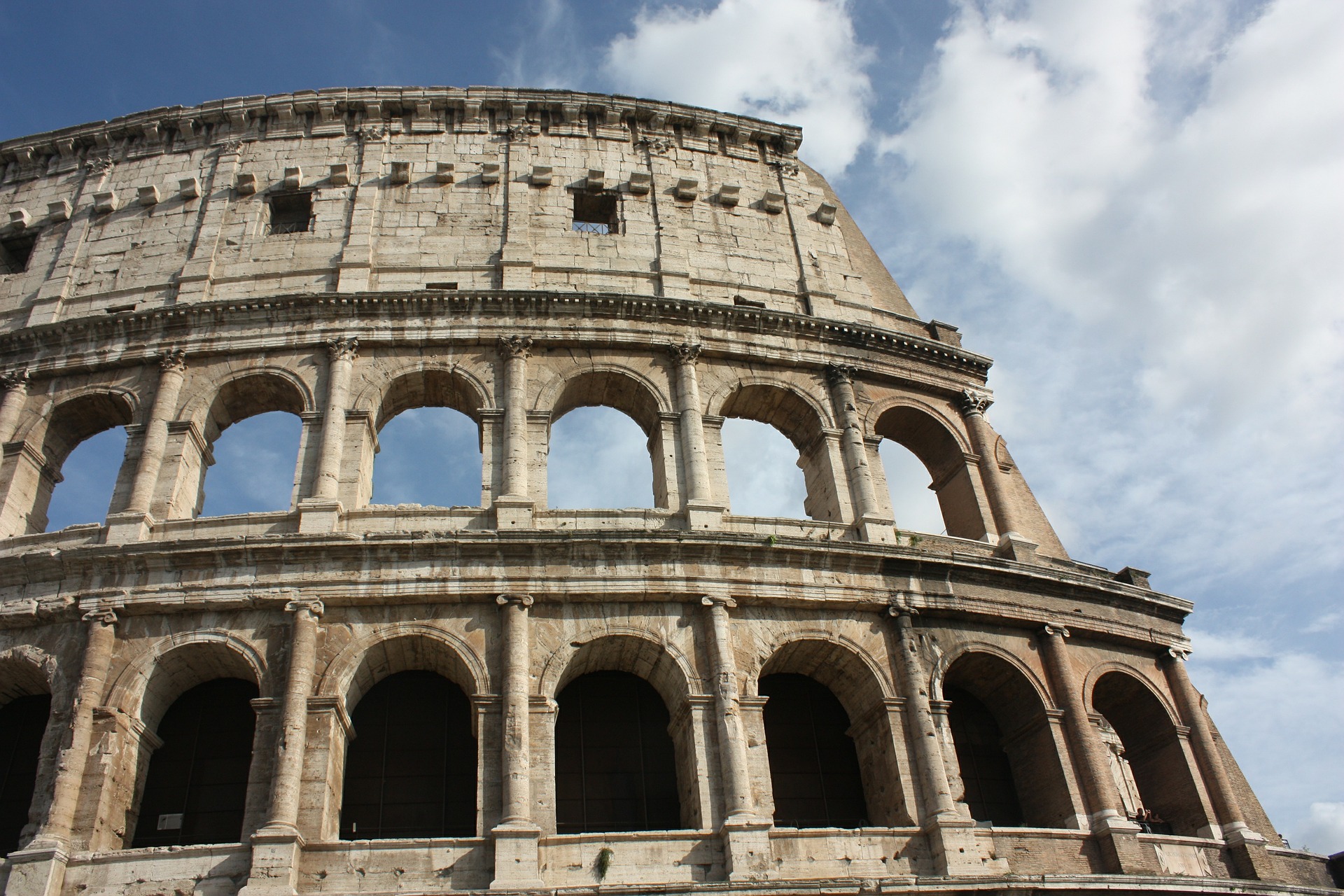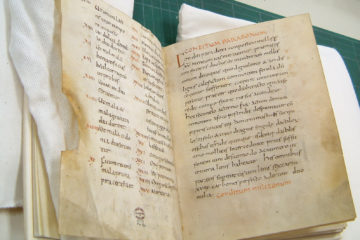16.
17.
18.
19.
20.
This was my entry for Avacal/Tir Righ War, which is a war between neighboring principalities. I was thankful to get to use a friends full camping kitchen to prepare these dishes instead of ours. The dishes aren’t very complicated, but with four dishes that all had to be ready about the same time it was tough. The judges loved the taste of all of the dishes, which I was surprised about, I wasn’t expecting them all to taste as good as they did. I lost some points by not using period cooking vessles or heat source, though I did use period cooking methods. But I gained points by making my own liquamen and using spelt instead of a more modern grain.
I’ll be doing more research into period grains in the future. It was something that I did at the last minute for this entry, but I can’t imagine how bad the biscuts would have been had they been made with bread flour instead of cracked and lightly ground spelt.
Summary
Roman legionary food from the fourth century. The recipes I have created are adapted from recipes in The Roman Cookery Book: a Critical Translation of The Art of Cooking by Apicus. Which is a translation of a fourth century Roman cookbook. The originals of the recipes I’ve adapted are later in the documentation.
(more…) 
